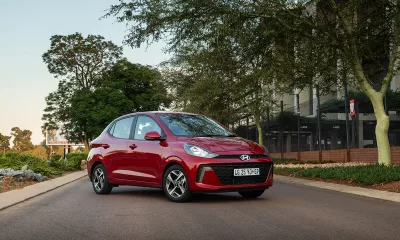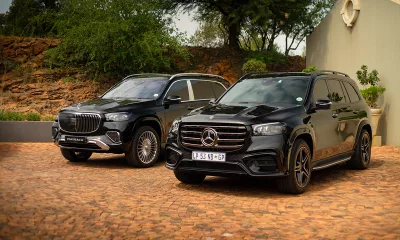When Volkswagen launched its Polo and Golf BlueMotion models in South Africa, a few eyebrows were raised when the claimed fuel consumption figures were announced. We have since tested the Polo BlueMotion (check out our March 2011 issue) and can attest to the fact that, although not quite as frugal as VW claims, the smallest BlueMotion model certainly does impress with its minimal thirst. We estimate a range of over 1 000 kilometers between visits to the fuel pumps.
While the Polo makes use of a 1,2-litre three-cylinder TDI engine, big brother Golf BlueMotion is powered by a 1,6-litre common rail TDI unit that features direct injection technology and has benefited from a raft of internal modifications to reduce internal engine friction. Air induction and charge air flows were also optimised for maximum efficiency.
The Golf BlueMotion develops 250 N.m of torque at a low 1 500 r/min and this allows for a slightly more relaxed driving style than most of our testers found in the Polo. The lack of power low-down in the smallest “blue” VW meant a slightly revised driving style was needed in order to get off the line cleanly. The more powerful Golf allows for a more instinctive driving style. The 16-valve, four-cylinder engine delivers 77 kW of power. A five-speed manual transmission is standard fitment.
Like the Polo, the Golf BlueMotion is distinguishable from the other models in its lineup by styling modifications conceived primarily for improved air flow around the car but a spin-off is that these revisions give this Golf a more sporty stance than most of its siblings. A modified radiator grille with chrome highlights, bumper and side skirt extensions, 15-inch alloy wheels (with low rolling resistance tyres), smoked rear lamps, and a GTI-style roof spoiler, add to the appeal of the Blue, er, green Golf. Incidentally, the car is also available in a special “Glacier Blue” metallic paint finish.
There are typically high levels of perceived build quality in the interior and all who drove the car commented on just how comfortable the cloth-upholstered driver and front seats are. The well-insulated cabin, together with impressively refined TDI engine, goes a long way towards making the driving experience of the Golf BlueMotion a relaxed and carefree one.
Again, despite our best efforts (and following the on-board optimal gearshift indicator) we weren’t quite able to achieve the claimed 3,8-litre/100 kilometers as listed by VW, but nevertheless we did consistently see impressive figures of around 5,4 litres/100 km during our numerous test drives and photo shoots. The standard stop/start function fitted to the Golf requires that a combination of settings and conditions be in place before the system kicks in but even when this technology does cut the car’s engine at the traffic lights the process is not an intrusive one. Volkswagen claims a CO2 emissions rating of just 99 g/km for this Golf.
As we found with the Polo, BlueMotion technology certainly does go a long way towards making efficient driving far more accessible to the general public. The Golf BlueMotion features the same popular looks, if not slightly sportier, than Volkswagen’s best-selling model, and yet is still making a difference in the world by proving more efficient than some vastly more expensive hybrid alternatives. Priced at R265 600 the Golf BlueMotion is a good all-rounder, but perhaps just a trifle on the expensive side considering some rivals offer significantly more power. Then again, they can’t come close to the Golf on economy.








